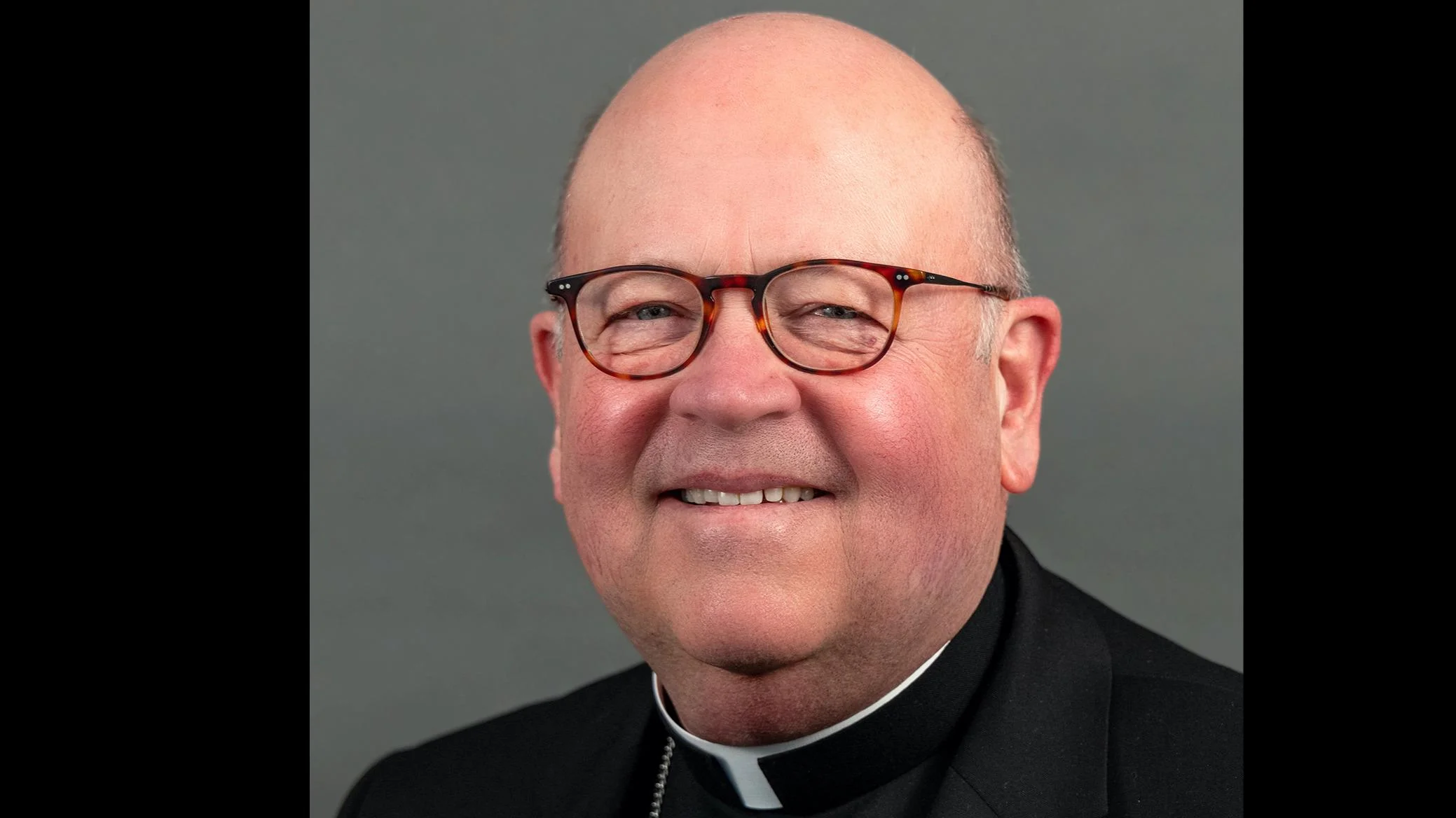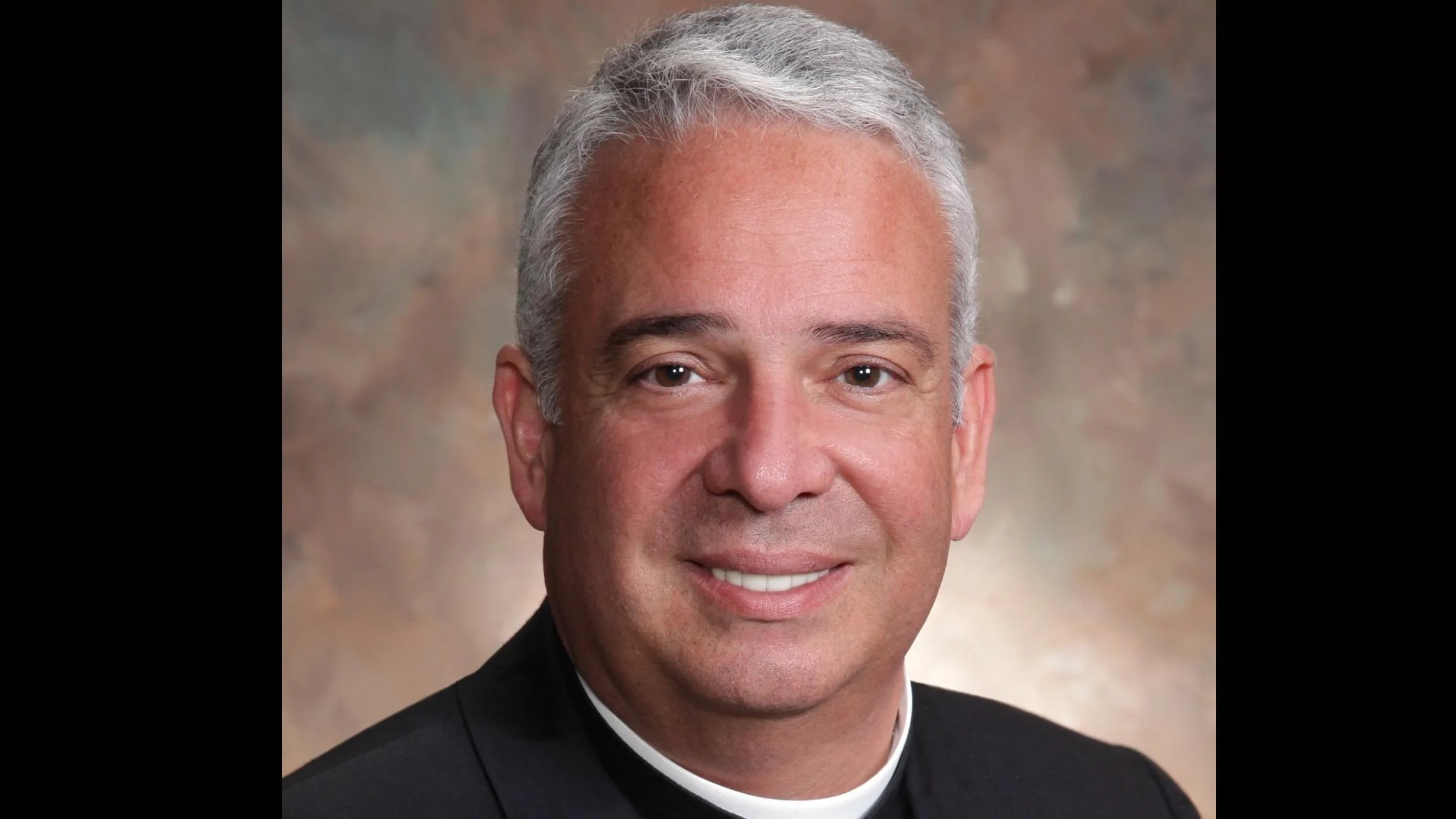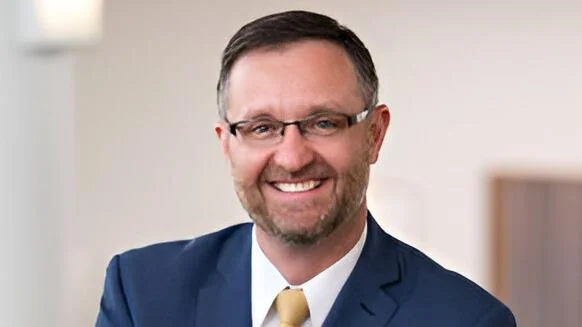
Bishop Thomas John Paprocki | Diocese of Springfield
Thousands of visitors gathered at the Benedictines of Mary, Queen of Apostles in rural Missouri in spring 2023 after the discovery of what some believe to be an incorrupt body. The remains belonged to Sister Wilhelmina Lancaster, OSB, foundress of the community, who died in 2019.
Sister Scholastica Radel, OSB, described the scene when the sisters exhumed Sister Wilhelmina’s coffin for reinterment at a new shrine. “The sisters were jumping up and down, literally, jumping up and down in the field,” she said. “Some were saying, ‘I knew it. I knew it. I knew it would be this way. I knew we were living with a saint.’”
A crack was discovered in the coffin as it was being moved from its original burial site. “Myself and Mother Abbess went to see what was in the crack because we said, ‘We have to see what is in there.’ So, she took a flashlight and shown it into the crack and screamed.”
Despite being buried for four years without embalming or any other preservation methods—only placed in an unsealed wooden casket—Sister Wilhelmina’s body appeared largely intact according to those present. Her face and features were recognizable and her habit reportedly showed no signs of decay.
“The coffin lining, which was only two inches from her remains in some places, was gone. Everything was gone. The wood on the sides was rotting. Anything touching her, however, was completely intact. Anything that wasn’t touching her was gone,” Sister Scholastica said.
Medical experts commissioned by the Bishop of Kansas City conducted an examination of Sister Wilhelmina’s remains in August 2024. Their findings stated that her body lacked “any detected features of decomposition.” They also reported: “The condition of her body is highly atypical for the interval of nearly four years since her death, especially given the environmental conditions and the findings in associated objects.” Additionally, they confirmed that her clothing had not broken down.
Barry Lease, president and CEO of the Pittsburgh Institute of Mortuary Science commented on these findings: “If you’re telling me that this woman went into the ground unembalmed in a wooden box with no outer container in the ground and it was not sub-zero up in Alaska, I’m telling you, I’m going to start a devotion to this sister, because something special is going on there.”
Reflecting on what this means for believers and others alike, Sister Scholastica said: “There is life beyond the grave. There is a place where we are to be going, and we will be glorified to and share in Christ’s mystical Body in Heaven.”
Although Catholic tradition recognizes examples of incorrupt saints’ bodies as significant phenomena among believers—incorruptibility itself does not automatically indicate sainthood according to Church teaching.
Sister Wilhelmina spent most of her life dedicated to religious service after joining Oblate Sisters of Providence following high school graduation before founding Benedictines of Mary at age 70 with a focus on prayer for priests.
“She debunked some of the ideas I had of holiness,” Sister Scholastica said. “I think we think of holiness as something beyond our reach, something extraordinary, something impossible. She lived like a saint in that she lived in the presence of God and that didn’t mean she always had her hands folded. So there were elements of humanity still present. It wasn’t like she was this super woman. But everything was directed toward God.”
Many visitors have reported healings after visiting Sister Wilhelmina’s grave; however Sister Scholastica emphasized another message: “Here is life and you have to make most of that, and if you fail at drawing close to God then you fail at life altogether because that is really the whole purpose in life is to draw close to our Lord,” she said.“It’s about holiness and to meet Him face-to-face and hear Him say ‘Well done good and faithful servant.’”
A documentary produced by the Diocese Of Springfield highlights these events.





 Alerts Sign-up
Alerts Sign-up